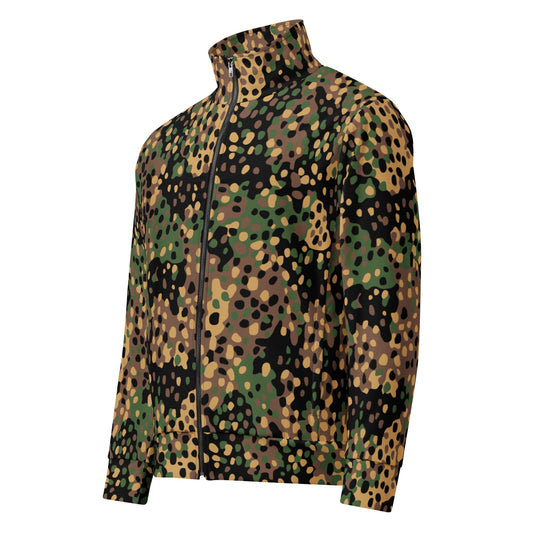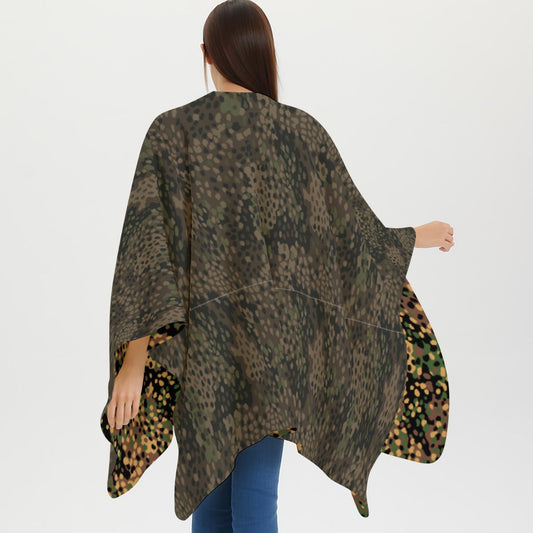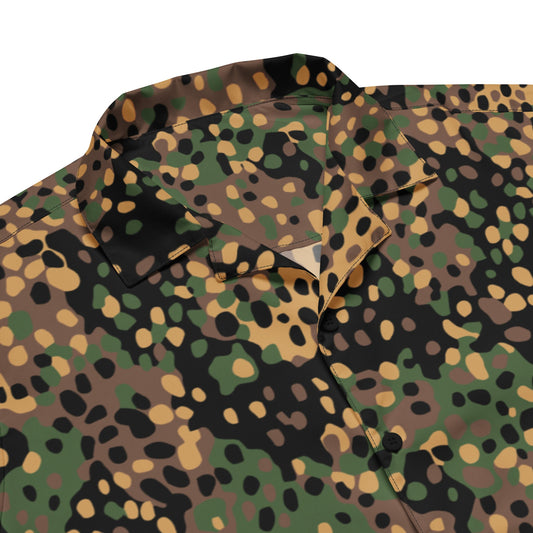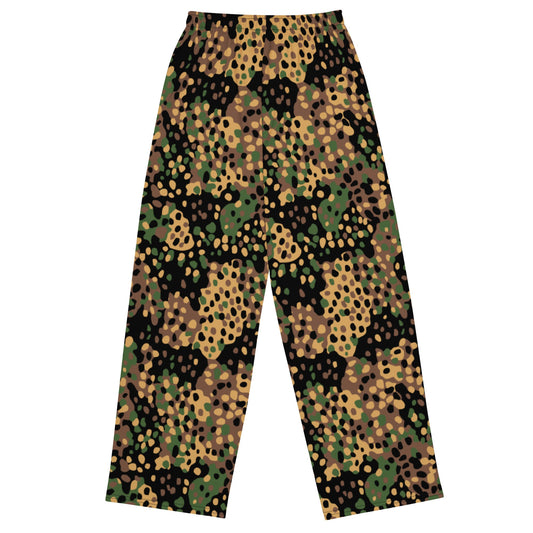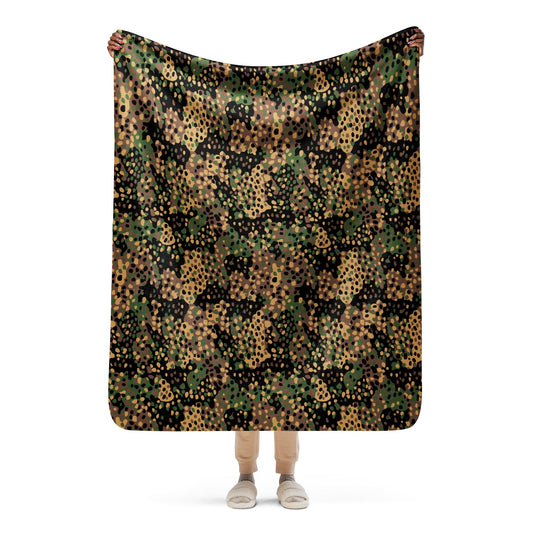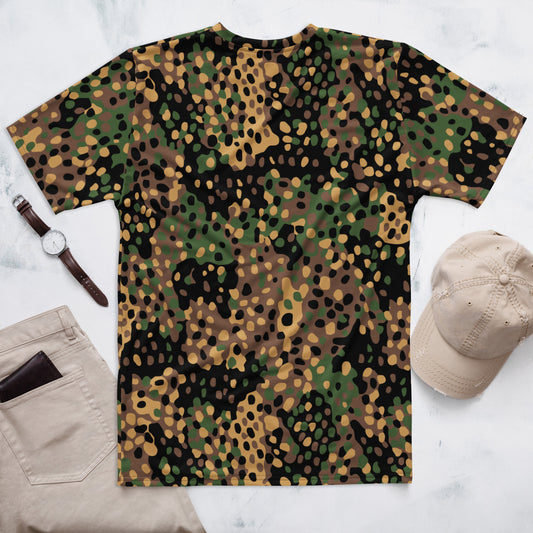-
German Pea Dot Erbsenmuster CAMO Unisex track jacket
Regular price $79.00Regular price -
German Pea Dot Erbsenmuster CAMO Unisex zip hoodie
Regular price $69.00Regular price -
German Pea Dot Erbsenmuster CAMO Duffle bag
Regular price $69.00Regular price -
German Pea Dot Erbsenmuster CAMO Unisex Bomber Jacket
Regular price $69.00Regular price -
German Pea Dot Erbsenmuster CAMO Unisex Hoodie
Regular price $69.00Regular price -
German Pea Dot Erbsenmuster CAMO Recon CAMO Wrap
Regular price $59.00Regular price -
German Pea Dot Erbsenmuster CAMO Mens Sunscreen Sports Hoodie With Thumb Holes
Regular price $59.00Regular price -
German Pea Dot Erbsenmuster CAMO Mens high top canvas shoes
Regular price $59.00Regular price -
German Pea Dot Erbsenmuster CAMO gym bag
Regular price $57.00Regular price -
German Pea Dot Erbsenmuster CAMO American football jersey
Regular price $49.00Regular price -
German Pea Dot Erbsenmuster CAMO Wide-leg joggers
Regular price $49.00Regular price -
German Pea Dot Erbsenmuster CAMO baseball jersey
Regular price $49.00Regular price -
German Pea Dot Erbsenmuster CAMO Unisex button shirt
Regular price $49.00Regular price -
German Pea Dot Erbsenmuster CAMO hockey fan jersey
Regular price $49.00Regular price -
German Pea Dot Erbsenmuster CAMO Mens Leggings
Regular price $49.00Regular price -
German Pea Dot Erbsenmuster CAMO Mens Joggers
Regular price $49.00Regular price -
German Pea Dot Erbsenmuster CAMO Mens Long-sleeve Rash Guard
Regular price $49.00Regular price -
German Pea Dot Erbsenmuster CAMO Unisex Sweatshirt
Regular price $49.00Regular price -
German Pea Dot Erbsenmuster CAMO unisex sports jersey
Regular price $49.00Regular price -
German Pea Dot Erbsenmuster CAMO unisex wide-leg pants
Regular price $49.00Regular price -
German Pea Dot Erbsenmuster CAMO Backpack
Regular price $49.00Regular price -
German Pea Dot Erbsenmuster CAMO Unisex mesh shorts
Regular price $39.00Regular price -
German Pea Dot Erbsenmuster CAMO Sherpa blanket
Regular price From $39.00Regular price -
German Pea Dot Erbsenmuster CAMO Mens Athletic T-shirt
Regular price $39.00Regular price -
German Pea Dot Erbsenmuster CAMO Unisex Athletic Long Shorts
Regular price $39.00Regular price -
German Pea Dot Erbsenmuster CAMO Mens T-shirt
Regular price $33.00Regular price -
German Pea Dot Erbsenmuster CAMO Reversible bucket hat
Regular price $32.00Regular price -
German Pea Dot Erbsenmuster CAMO unisex basketball jersey
Regular price $31.00Regular price -
German Pea Dot Erbsenmuster CAMO Unisex Tank Top
Regular price $29.00Regular price -
German Pea Dot Erbsenmuster CAMO Neck Gaiter
Regular price $21.00Regular price -
German Pea Dot Erbsenmuster CAMO Beanie
Regular price $19.00Regular price -
German Pea Dot Erbsenmuster CAMO Headband
Regular price $15.00Regular price -
German Pea Dot Erbsenmuster CAMO bandana
Regular price From $15.00Regular price



